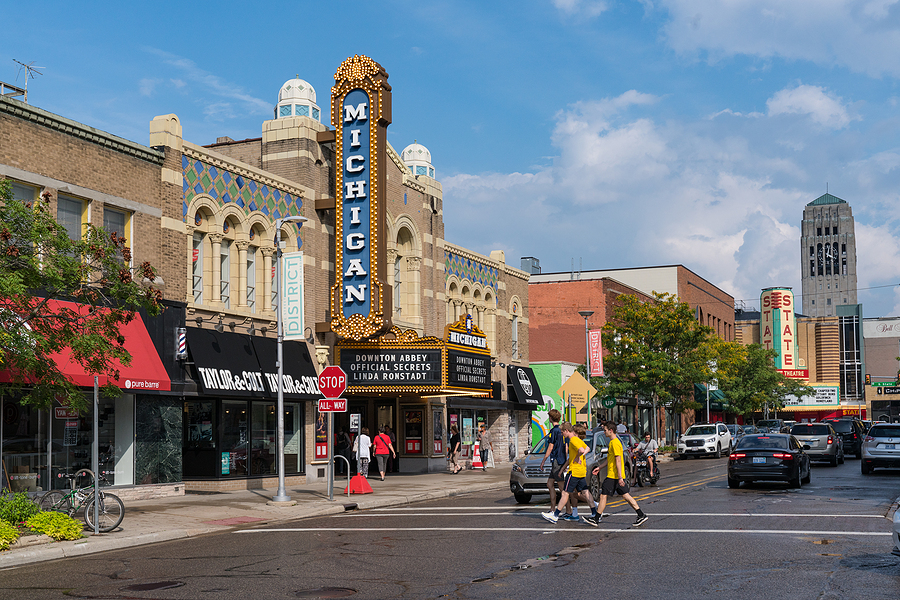Deciding to move into a senior living community is a major life transition, and for many families, finances are front and center in that conversation. Understandably so. The cost of senior living can vary dramatically based on location, type of care, and the level of services provided. While it may seem like a large investment, understanding what goes into that number—and what you get in return—can help families plan more confidently and make the best possible choice for their future.
Senior Living Expenses: Breaking Down the Numbers
So, what is the average cost of senior independent living? Across the U.S., monthly costs typically range from $2,000 to $4,000 for independent living communities. These numbers rise with added levels of care—assisted living may cost $4,500 or more per month, while memory care or skilled nursing can climb higher. These costs often include housing, meals, housekeeping, social programs, transportation, and in some cases, healthcare services.
It’s important to keep in mind that not all senior living options are created equal. Amenities, location, apartment size, and on-site care availability can all impact pricing. Urban areas or communities with resort-style amenities tend to carry a higher monthly rate than more modest offerings.
What You’re Paying For: More Than a Place to Live
When families begin comparing costs, it’s helpful to shift the perspective from “monthly rent” to “monthly value.” Senior living communities bundle housing with a wide range of services:
- Maintenance-free living: No more home repairs, yard work, or snow shoveling
- Dining services: Meals that are delicious, nutritious, and tailored to dietary needs
- Transportation: Scheduled rides to medical appointments, shopping, and local events
- Wellness programs: Fitness classes, walking clubs, and preventive health screenings
- Social opportunities: Clubs, movie nights, lectures, outings, and more
- Safety and support: 24/7 staffing, emergency response systems, and optional care services
These offerings not only reduce the need for outside expenses (like grocery delivery, home repairs, or private care aides) but they also add quality to each day. The benefits of living in a senior community often include increased safety, better health outcomes, and a more vibrant social life—all of which are difficult to put a price tag on.
Choosing the Right Level of Care
There are many senior care options available, from completely independent apartments to communities offering full medical support. Each family’s needs are unique, and so are the pricing structures associated with different models of care.
- Independent Living: Ideal for active older adults who don’t require daily assistance but enjoy a community setting. This is typically the most affordable option.
- Assisted Living: Designed for those who need help with daily tasks like bathing or medication management. These communities offer higher staff support and corresponding costs.
- Memory Care: Specialized care for those living with Alzheimer’s or dementia, often in a secure and structured environment.
Planning Ahead: Budgeting and Benefits
If you’re wondering how to afford senior living, start by reviewing your current monthly expenses. Many people find that once they factor in home maintenance, property taxes, food, utilities, and transportation, the cost of senior living communities is more comparable than expected.
There are also financial tools that may help:
- Long-term care insurance
- Veterans Aid and Attendance benefits
- Bridge loans or reverse mortgages
- Selling or renting the family home
Meeting with a financial advisor or elder care specialist can provide clarity around budgeting, benefits, and timelines. The key is to plan early and understand your options before a crisis forces quick decisions.
A Meaningful Investment
While the cost of senior living is significant, many families find that the real value lies in peace of mind. Loved ones gain comfort knowing their family member is supported, engaged, and part of a thriving community. Seniors often report greater happiness, improved physical health, and a deeper sense of purpose when they move into a well-matched community.
At All Seasons Senior Living, we believe in transparency and personalized guidance. Our communities offer a range of care options and pricing structures to suit different needs and preferences. It’s not just about affordability—it’s about making an informed, empowered decision that supports well-being for years to come. Contact our team of compassionate experts today and explore if senior living is right for you or your loved one!





